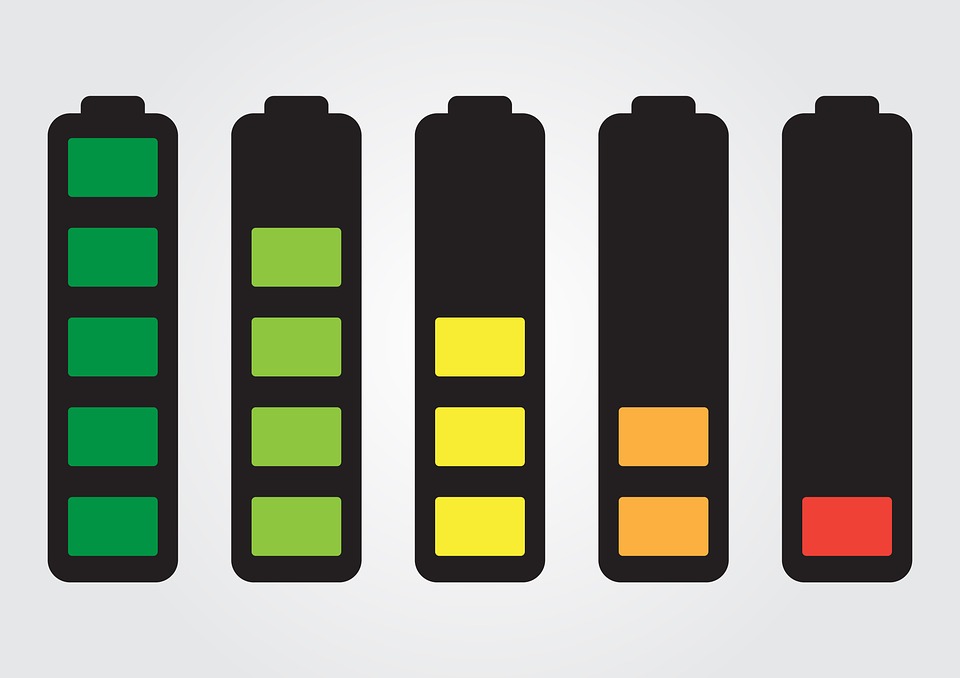More efficient vertical wind turbines could be the future of wind farms
11/29/2021 / By Ramon Tomey

When wind farms are mentioned, traditional propeller turbines usually come to mind. However, a new vertical turbine design is set to revolutionize wind energy production. Researchers found that the new vertical design boasts better efficiency than its traditional counterpart. They also discovered that the vertical turbines perform better by 15 percent when set in pairs.
Vertical turbines spin around a vertical axis to the ground compared to propeller turbines that spin around a horizontal axis. The research team from Oxford Brookes University conducted more than 11,500 hours of computer simulation to compare both kinds. They discovered that vertical turbines can perform more efficiently when used in large-scale wind farms.
The study by professor Iakovos Tzanakis and his colleagues scrutinized aspects of wind turbines that contribute to their performance. They looked at array angle, the direction of rotation, rotor number and turbine spacing in the course of their research. Furthermore, they demonstrated the potential of large-scale vertical wind turbine use to generate more energy.
Tzanakis’s team also looked at the positioning of turbines to maximize energy output – a key aspect of wind farm design. Vertical turbines are a perfect fit as they increase each other’s performance when arranged in grid formations. When set in pairs, the vertical turbines bolster each other’s performance by up to 15 percent. The researchers continued that three turbines in a series also contributed to an additional three percent production boost compared to just two.
Tzanakis remarked: “This study evidences that the future of wind farms should be vertical. Vertical axis wind farm turbines can be designed to be much closer together, increasing their efficiency and ultimately lowering the prices of electricity.” He added that vertical wind turbines can help speed up the transition to green energy.
Vertical turbines are set to contribute to increased renewable energy output
Lead study Joachim Toftegaard Hansen remarked that modern wind farms are one of the most efficient ways to produce renewable energy. However, he pointed out that the wind hitting horizontal wind turbines positioned in the front row generates turbulence. This resulting turbulence undermines the performance of the succeeding rows, Hansen added.
“In other words, the front row [of turbines] will convert about half that kinetic energy of the wind into electricity. [For] the back row [of turbines], that number is down to 25 to 30 percent. As an engineer, it naturally occurred to me that there must be a more cost-effective way,” he elaborated.
The research by Tzanakis’s team brings more efficient wind farms closer to reality. It also coincides with the U.K.’s wind energy capacity doubling by 2030. An October 2020 report by the British government noted that it aims to build an offshore wind farm with a one-gigawatt capacity.
Vertical wind turbines make this possible by allowing wind farms “to be built further out to sea in deeper waters, bossing capacity even further where winds are strongest.” (Related: Floating wind farm in Scotland is beginning to show the positive impact of offshore wind farming.)
The study ultimately confirmed the potential benefits of these vertical wind turbines. They are cheaper and easier to make and maintain compared to their horizontal counterparts. Wind farms with vertical turbines will now only be limited by the wind energy available in the area instead of turbine performance, it added.
While the research by Tzanakis and his colleagues made use of vertical wind turbines, a Spanish firm took it a step further by using a bladeless turbine. Madrid-based company Vortex Bladeless created the innovatively designed turbine, which they claimed is less dangerous to wildlife. The turbine generates energy by moving back and forth when the wind hits it, oscillating within the wind range and producing electricity from the resulting vibration.
The small size of the bladeless turbine hits two birds with one stone. First, it can produce wind energy sans the space requirement of a traditional wind farm. Second, it fits perfectly with small-scale onsite energy generation for homes and businesses.
Vortex Bladeless Founder David Yanez said: “Our technology has different characteristics can help fill the gaps where traditional wind farms might not be acceptable. But the main benefit of the technology is reducing its environmental impact, its visual impact and the cost of operating and maintaining the turbine.”
Visit Power.news to read more about ways to improve wind turbines and wind energy production.
Sources include:
Tagged Under: future tech, green energy, horizontal axis wind turbine, physics, propeller turbines, renewable energy, research, science and technology, turbine efficiency, vertical axis wind turbine, vertical turbines, wind energy, wind farms, Wind Turbines
RECENT NEWS & ARTICLES
Physics.News is a fact-based public education website published by Physics News Features, LLC.
All content copyright © 2018 by Physics News Features, LLC.
Contact Us with Tips or Corrections
All trademarks, registered trademarks and servicemarks mentioned on this site are the property of their respective owners.




















